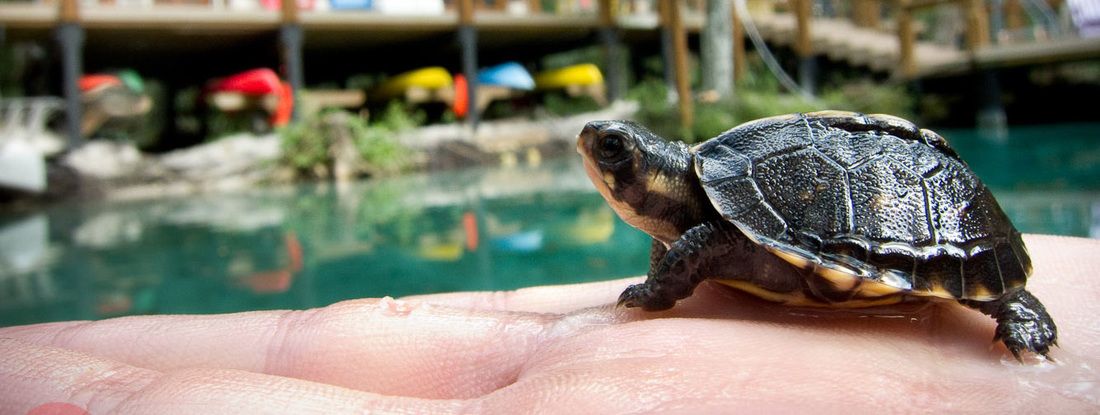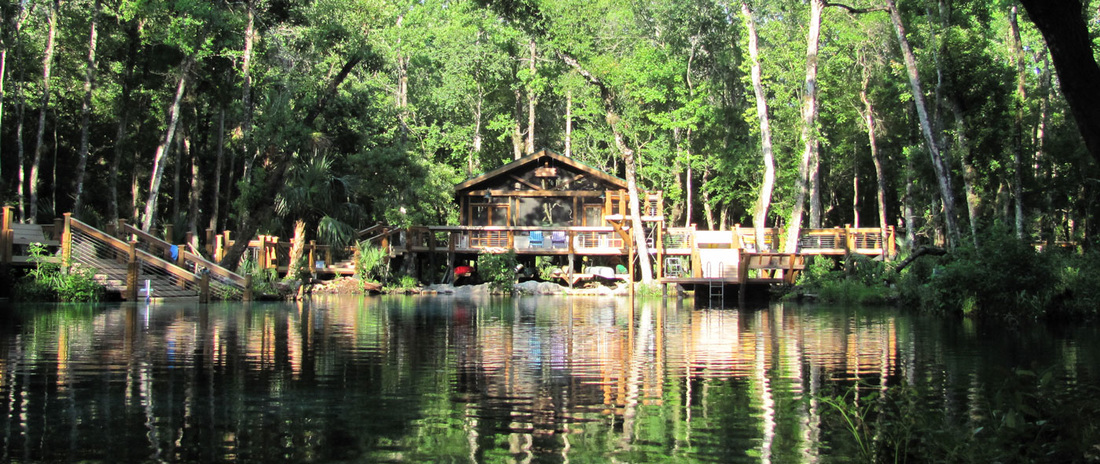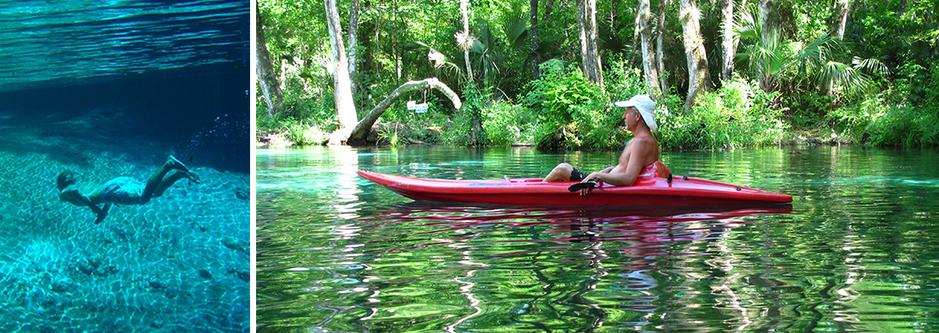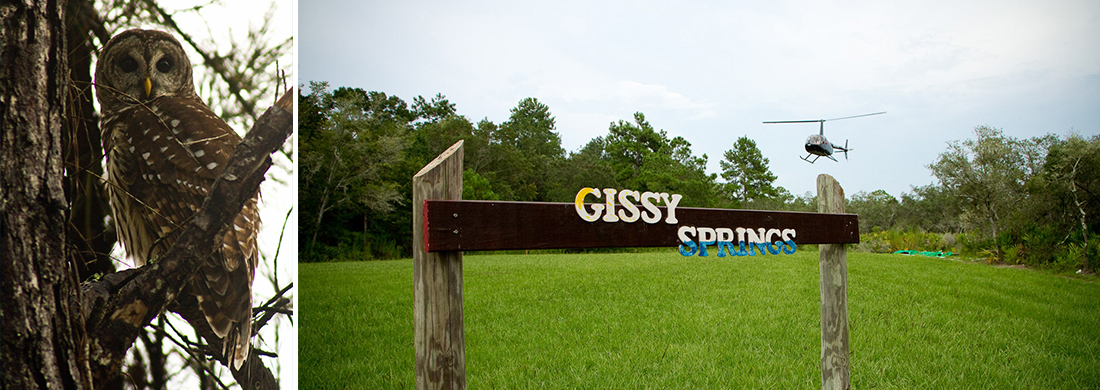|
Jim Gissy and his son, Jake, enjoying a swim in the crystal clear waters of Gissy Springs.
“Assets were devalued sharply,” Jim reports, “by as much as 50 to 70 percent. It was a good opportunity for a new bank to start fresh making loans to people who were creditworthy and with substantial down payments.”
|
the challenge: meeting investor expectationsPortrait of a First Green Bank Investor:
|
Jim Gissy spent millions of dollars to purchase and rehabilitate an algae-choked spring system near the Rainbow River.
And, Jim reports, he likes the way the bank sets a very visible example for others to follow: “You go the bank and their employees are driving those little electric cars and they have the charging station.” |
Over time, however, Jim has come to appreciate the appeal of his First Green Bank holdings on another level. “I liked that I own stock in a bank that is doing positive things for the community,” he reports, “that is making loans to local farmers and car dealers, and to the doctor who needs to buy an office, and where you see the CEO dining at local restaurants. I liked that they are making loans with no down payments for solar panels. I liked that they are paying a substantially higher minimum wage than any other community business, $30,000 and up. It is feel good stuff, not like buying stock in a cigarette company.”
And, Jim reports, he likes the way the bank sets a very visible example for others to follow: “You go the bank and their employees are driving those little electric cars and they have the charging station.” Although he claims not to be a “tree-hugger” Jim has also made a personal investment in Gissy Springs, a 108-acre parcel of property along the Rainbow River, arguably the most pristine river in the state. He purchased the parcel for $2.1 million and spent another $400,000 to reclaim the dead, algae-infested waters, transforming it into what is now a series of 13. crystal-clear springs, home to native botanical species and teeming with aquatic and animal life. He tells the story of what motivated him to make this investment: “I remember as a boy floating on an inner tube in Ichetucknee Springs State Park. I saw some land for sale on the river and I asked my daddy, who was a forester, ‘can people own a spring?’ He said, ‘only rich people.’ I said, ‘well then I will be rich some day where I can buy a spring.’ I guess you could say I have been looking for Gissy Springs all my life.”
|
Jim knows he is fortunate to have the means to buy his own private spring and nurse it back to life. But as an advocate for public land purchase, he also understands that those without those means should have access to nature.
|
Jim knows he is fortunate to have the means to buy his own private spring and nurse it back to life. But as an advocate for public land purchase, he also understands that those without those means should have access to nature. He flies over the state of Florida frequently and attests that there is still a lot of undeveloped land—much of it held by large property owners, chief among them the Mormon Church. But even as a developer he is frustrated with the state’s failure to buy for public use key, as-yet- undeveloped tracts of land, with time running out to do so. “If they don’t others will buy and build hotels and condos,” he notes. ”If you are rich you can buy a condo but we need places for regular people to go.”
|
Jim Gissy rehabilitated a springs system that is now home to native botanical species and teeming with aquatic and animal life.
“I like the idea that their focus is thinking about sustainability of the environment,” Jim says. “What good will it do if the environment is screwed up? It won’t matter how much money you have.” |
“Florida is a state that has always been kind of conservative,” says this Reagan Republican who has recently distanced himself from the party. (Jim is a vocal advocate of tax code reforms that would address both the wealth and budget gaps: including a higher tax on capital gains and the abolition of the favored tax treatment of carried interest). “Florida has historically had very strong property rights that don’t like to tell property owners what they can and can’t do,” he explains. “The best thing for Florida was the great recession because they weren’t developing anything for five years. But it is booming now. You would like to see Florida build more urban areas now and leave the rural areas intact. I can’t tell you if that will happen or not.”
Last November the citizens of Florida passed Amendment 1 by an overwhelming majority. It was a controversial ballot measure that allocates one third of the existing stamp tax on documents to state land purchase and restoration. Jim would like to see some of those funds allocated by the state to the purchase of oceanfront property that is currently up for sale and vulnerable once again to development as the Florida real estate market reheats. “They should buy it for all the people, not just the rich people who own ocean front property,” Jim says. “There is not much of it left. It is just the way it is.” Still, he says, money can’t buy everything, which is one reason he continues to like his investment in First Green Bank. “I like the idea that their focus is thinking about sustainability of the environment,” he says. “What good will it do if the environment is screwed up? It won’t matter how much money you have.” |
more on meeting investor expectations:
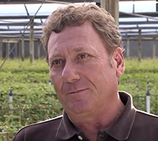
David Raab, President of Roseville Farms & First Green Bank Investor
"Kenny has proven that values and banking are not mutually exclusive." READ MORE |
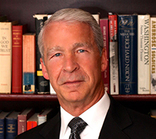
Evangelical Minister and First Green Bank Board Member Joel Hunter
"There has also been a certain amount of conflict on the board of directors and I see myself in a peacemaker role there." READ MORE |
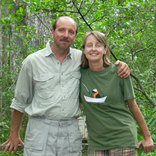
Marc and Terry Godt of Green Isle Gardens...were not looking for short-term profit—but to make a long-term investment in their community and in a business they knew was aligned with their values—when they became shareholders in First Green Bank.
READ MORE |
